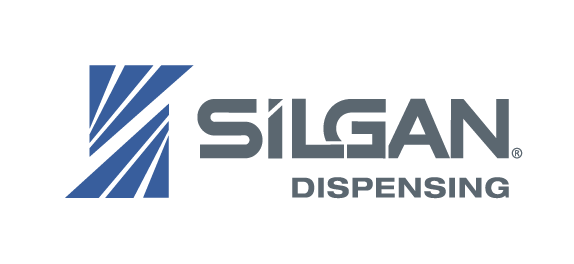Whether it is big businesses buying into scalp-oriented start-ups, like Unilever Ventures’ investment in prebiotic hair care indie Straand, or Olaplex’s legal woes over alleged hair loss and scalp blisters, the health of consumers’ scalps is currently of high importance.
“It [scalp care] is a really booming market right now,” Maud Lelièvre, Marketing & Communication Director at cosmetic applicators specialist Cosmogen, tells Cosmetics Business.
“Brands are trying to make hair care more expert, that’s why they’ve come out with, for example, pre-shampoo. They are trying to make it a ritual in the way that we have for facial skin care.”
According to Ron McLaughlin, Senior VP, Research & Development at high-end hair care brand Living Proof, not only does market data show scalp care to be a growing product sector globally, but “demand for different types of scalp products has increased, aligned with consumers desiring varied benefits based on their specific scalp and hair needs”.
“Over the past five years, scalp-focused searches have increased by 270%, which is likely tied to the fact that one in two people suffer from a scalp issue,” adds Helen Reavey, celebrity hairstylist, trichologist and founder of Act+Acre, a brand specialising in skin care for the scalp.
“These issues can range from dryness, irritation and itchiness to conditions such as dandruff, alopecia and psoriasis.”
According to Reavey, the state and cleanliness of the user’s scalp matters when it comes to a scalp product’s efficacy, depending on what it is formulated to achieve.
“Scalp treatments looking to detox or exfoliate the scalp should be applied directly to the scalp on dry, dirty hair, while scalp serums that look to hydrate and soothe should be applied to a clean scalp directly after showering,” she notes.
But what about the way in which products – both low viscosity products and thicker galenics – are delivered to the scalp? Are there methods that offer ease-of-use with optimal coverage?



